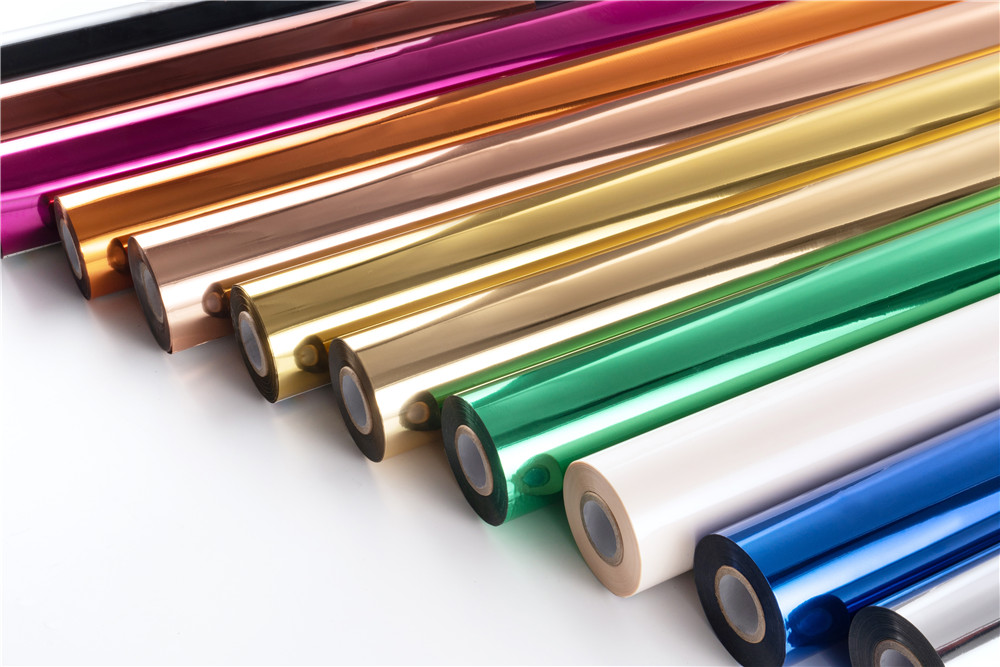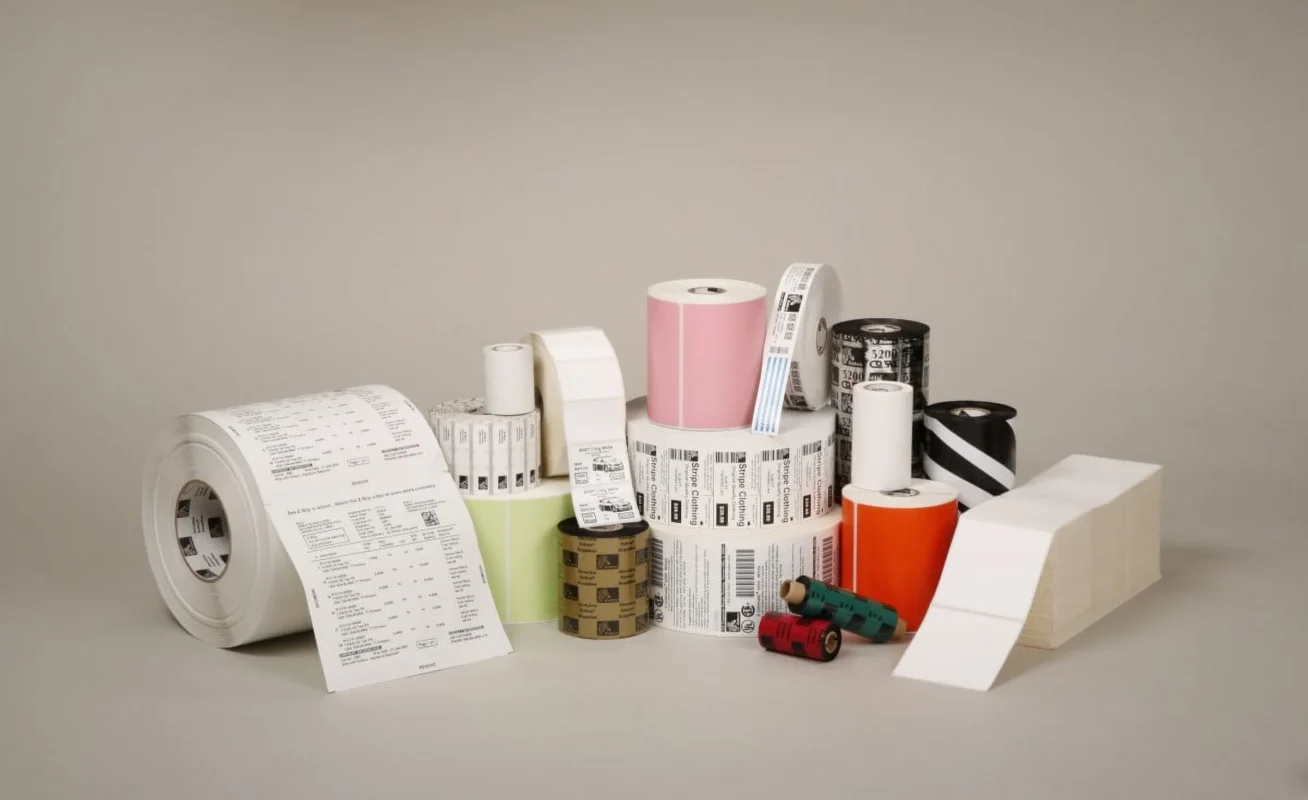Labels in the cutthroat wine market communicate a tale, arouse feelings, and affect buying decisions, not only identify a bottle. Providing wine label printing services presents a profitable way for distributors and resellers to leverage a market in great demand.
Wine labels are not only practical; they are also an essential component of marketing and branding. Resellers who offer premium wine label printing can present themselves as indispensable partners in the winemaking process as wineries search for distinctive and superior designs more and more. The main features of wine label printing will be discussed in this article together with why it’s a profitable addition to your product range and how you can draw more customers in this specialized market.
Why Resellers Should Print Their Wine Pink Labels
1. High Wine Industry Demand
With hundreds of vineyards vying for customer interest, the wine business is expanding internationally. A main instrument for distinctiveness, Pink labels make wine label printing a continuous demand for distributors, wineries, and stores necessary.
2. Functional and Decorative Criteria
Wine labels have to strike a mix between looks and utility. They must be aesthetically pleasing and offer necessary information including the origin, grape type, and alcohol level of the wine. Understanding both sides will enable resellers to provide their customers value-added services.
3. A Comfortable Niche Market
Given the premium materials and complex designs sometimes needed, wine label printing is a high-margin business. Resellers who satisfy this niche might draw customers ready to pay more for quality and customizing.

Important Characteristics of Superior Wine Label Printing
1. Premium Materials
High-quality materials include textured paper, metallic coatings, or waterproof synthetics abound in wine Pink labels. These elements not only improve the look of the label but also guarantee endurance in several storage environments.
2. Customizable Architectural Plans
Many times, wineries look for original graphics that capture their brand character. Customizing choices such as die-cut forms, foil stamping, or embossing lets resellers satisfy these particular needs.
3. Attractive Strength
Even in humid or chilled surroundings, wine labels have to be firmly attached to bottles. Prevention of peeling or bubbling depends on premium adhesives.
4. Rule Following Compliance
Legal standards for wine labels include information on alcohol content, source, and health warnings. Resellers should make sure their printing operations follow these rules in order to prevent problems for their customers.
5. Choice of Sustainability
Many wineries are choosing environmentally friendly label materials and printing techniques as sustainability takes center stage. Offering sustainable choices, resellers can draw customers who share environmental concerns.
Wine Label Printing: Applications in Marketing and Branding
1. Branding and Marketing
Often the first interaction a consumer has with a brand is a wine label. Purchasing decisions can be greatly influenced by striking designs and high-quality finishes, hence vineyard marketing depends critically on the printing of wine Pink labels.
2. Limited Editions and Special Events
For exceptional events such as anniversaries or joint projects, wineries sometimes create limited-edition bottles or labels. Providing short-run printing facilities for these events will enable resellers to draw in more business.
3. Individual Labeling
Many stores and restaurants make their own private-label wines. Offering tailored designs for exclusive branding, resellers who offer wine label printing can appeal to this developing trend.
4. Seasonal Offers
Many times, wineries publish seasonal collections for holidays or celebrations. Giving seasonal label printing fast turnaround times will make resellers absolutely essential to their customers.
How Wine Label Printing Will Help Your Reseller Business
1. Draw in Valuable Clients
High-value clientele with constant label needs are wineries, stores, and private-label manufacturers. Offering wine label printing, resellers can build enduring ties with these customers.
2. Spread Your Product Lines
Including wine label printing into your offerings lets you focus on a particular, highly sought-after market, therefore raising your income potential.
3. Set Differentiation from Rivals
Differentiating yourself from rivals that offer generic label printing is by offering specialist services like premium finishes or environmentally friendly solutions.
4. Boost Returning Business
Printing a wine label is not a one-time need. To guarantee a consistent flow of returning business, wineries often change their labels for new vintages, special editions, or rebranding initiatives.
Advice for Choosing the Superior Wine Label Printing Solutions
1. Know Your Customers’ Needs
Find out for every client the design, materials, and compliance needs. High-end wineries, for instance, might give textured paper and metallic finishes first priority, whereas private-label manufacturers might stress economy.
2. Present a Spectrum of Materials and Finishes
Offering choices such as foil stamping, embossed texturing, and waterproof labels helps you to meet a range of client tastes.
3. Guarantee Longevity
From humid basements to cold displays, wine labels have to resist several storage environments. Durability calls for premium adhesives and materials.
4. Keep Current on Sector Trends
Client tastes might be influenced by trends in wine label design including eco-friendly materials or simple aesthetics. Maintaining current helps you provide pertinent answers.
5. Collaborate with Dependable Printers
Working with seasoned printing companies that specialize in wine labels will help to guarantee constant quality and fast turnaround times.

In Essence, Conclusion
More than just a service, wine label printing offers wineries and stores a necessary partner. Resellers may draw high-value customers and become leaders in this specialized market by providing premium, personalized labels that satisfy both aesthetic and practical needs.
Wine label printing presents a viable path for business expansion whether your target market is private-label companies, big manufacturers, or boutique vineyards. Start looking at this market right now and see how many questions and clients you attract!
よくあるご質問
1. Usually Utilized Materials for Wine Label Printing Include
Among popular materials are waterproof synthetics, metallic finishes, and textured paper. These components improve the look and lifetime of the label.
2. Are Wine Labels Customizable?
Indeed, wine labels can be completely personalized in terms of size, shape, design, and finishes including die-cut forms, foil stamping, and embossing.
3. How Can I Guarantee Adherence to Rules Regarding Wine Labels?
Work with printing companies who understand legal criteria including those controlling alcohol content, origin, and health warnings.
4. Exist Sustainable Wine Labels?
Indeed, in order to satisfy the increasing demand for sustainability, several resellers now provide eco-friendly printing techniques and recyclable products.
5. Typically, How Long Does It Take to Print a Wine Label?
The intricacy and amount of the order affect the lead times. Working with trustworthy printers guarantees for your clients prompt delivery.
6. How Should I Sell My Clients Wine Label Printing Services?
Emphasize in wine labels’ high design and durability their significance. Showcase effective initiatives using case studies and testimonies to gain confidence with possible customers.
Presenting customized solutions and stressing the need for premium wine labels will help you establish your company as a reliable supplier in this expanding sector.
